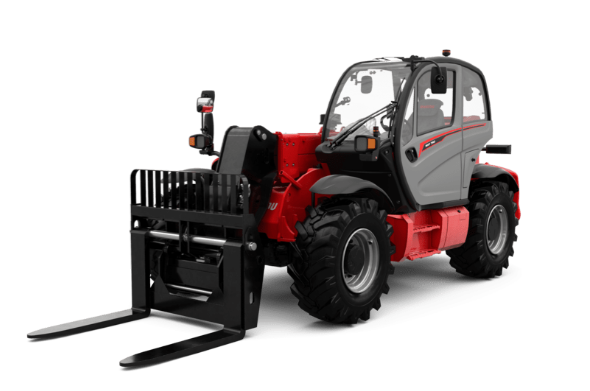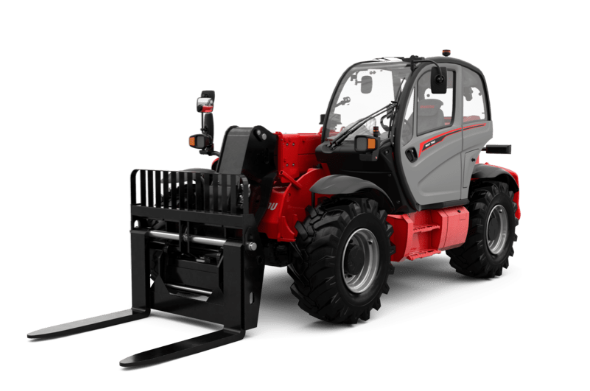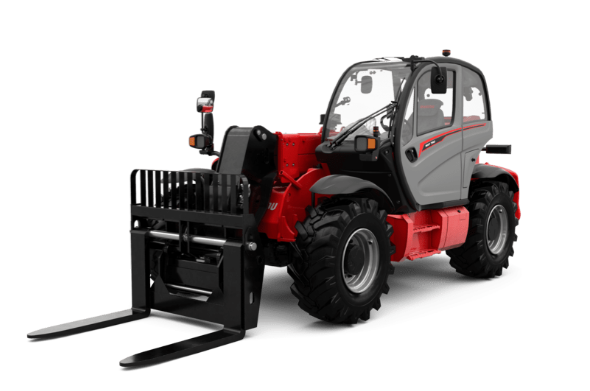Title Page
-
Site conducted
-
Inspection Date
-
Operator/Inspector
-
Asset Number
-
Machine Hours
-
Serial Number
-
GPS Location
-
Prepared By
-
For more information, please refer to the Operation and Maintenance Manual or any other applicable manuals and instructions for this product. If you have questions, please contact your OEM or Supplier
-
When a Telehander is used to support a jib for lifting suspended loads, if the rated capacity is greater
than 3 tonnes then a CN class high risk work licence is required. Furthermore, if the rated
capacity is greater than 10 tonnes, the regulations require the machine to be managed as
registered classified plant. The requirements of AS2550.5 Cranes, hoists and winches - Safe
use - Mobile cranes should also apply.
ON THE MACHINE, OUTSIDE THE CAB
-
Functional Identifiable & Lockable ground level isolator at point of access. (Locksafe – Standard Isolation Engine & Battery )
-
Equipment must not be operated until fault is rectified
-
Mirrors clean
-
Windows clean
-
Windshield wipers arm
-
Attachment Assembly condition
-
Identify any damage, cracks, misalignment, check welds, loose nuts/bolds, locking pins in place and secure
-
All Tynes/ pipe grabber/ attachments are rated to the same or higher WLL or MRC than the Telehandler
-
Do all telehandler, backhoe, and front end loaders using forks for handling drill rods & bore casing have engineered and rated pipe grab attachments which are fit for purpose.
-
Fire Extinguisher/Suppression
-
Charged, free of damage, inspection card to date
-
Inspect all hoses for wear and leaks
-
Warning Decals
-
Tires and wheels condition
-
Differentials condition
-
Steps and Handrail
-
Stabilizer Arms, Cylinders, Outriggers
-
Functioning [test and try effective], clearly marked and identifiable, ground level lockable isolation point/s
-
Where mechanical isolation is found to be non-complaint or ineffective [fails a test for dead], machine shall not be operated until the defect is rectified or a temporary exemption has been approved including the plan to ensure the defect is rectified.
-
E-Stop on Machine body, labelled and functional
-
All pinch points, crush points and hot surfaces clearly labelled
ENGINE COMPARTMENT
-
Engine Oil Level
-
Engine Coolant Level
-
Guards and covers in place, no damage
-
Hydraulic Oil Level
-
Air Filter condition
-
Radiator condition
-
All Hoses condition
-
All Belts condition
-
Battery/Terminals
-
Overall Engine Compartment
INSIDE THE CAB
-
Prestart available and completed
-
Operation Manual available in Cab
-
E-Stop Operational
-
First Aid kit present, in date, with tamper proof tag
-
ROPS or FOPS
-
Certified, no damage
-
Load Cells
-
Electronic load cell system functional as per OEM. If no electronic load cell system, correct load chart available for each lifting attachment
-
Seat condition
-
Seat Belt & Mounting condition
-
Damage, wear, adjustment, age of install,
manufacture date -
Horn, reverse alarm, beacon, lights, wipers functional
-
Detail faults
-
Detail items
-
Controls, gauge lenses
-
Functioning correctly, cleanliness
-
Any deformities, signs of excessive wear or damage when boom is fully extended.
-
All pivot points receiving lubrication
-
Overall Cab Interior
-
View evidence that the telehandler inspection frequency comply with Australian standard AS2550.19
- FAILED
- 0 - Present but Non Compliant
- 1 - Minimum compliance, Improvement required
- 2 - Compliant, no action required
- N/A - Please detail in comments.
- Reference
-
As per Australian Standard - AS2550.19, inspection frequency shall be as follows - pre operational, routine (3 monthly), periodic (annual) and major (10 yearly, if applicable). Periodic and major inspections must be carried out by a 3rd party.
-
Anything below a score of 1 must not be operated
-
Anything below a score of 1 must not be operated
-
Comments










